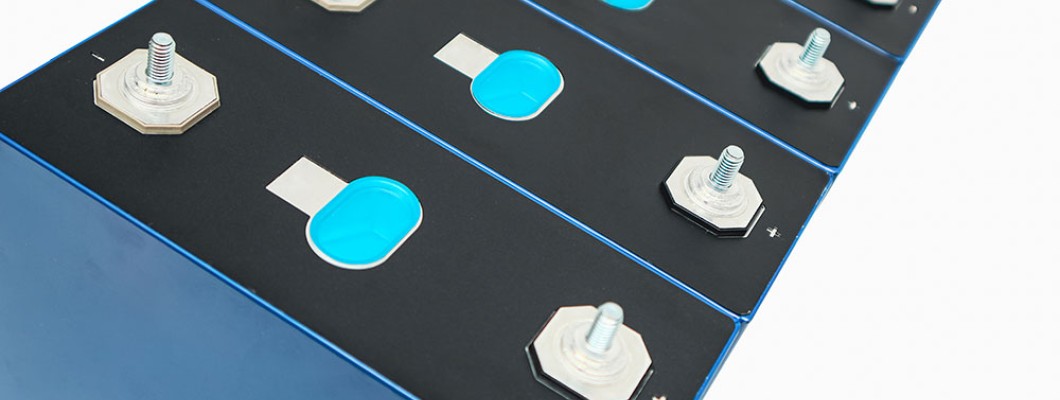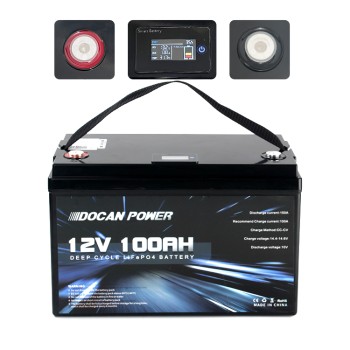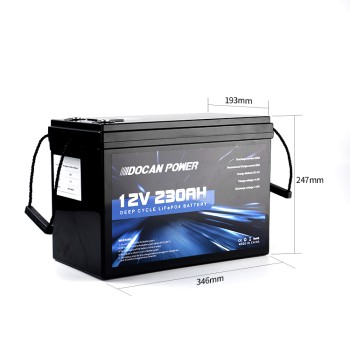
The LiFePO4 battery pack is a game-changer for solar energy storage, electric vehicles (EVs), and portable devices, offering unmatched safety and longevity. For beginners, technical terms can feel like a maze. This guide simplifies the 21 essential parameters of a LiFePO4 battery pack, with practical examples to empower you for solar, EV, or DIY projects in 2025.
Key Technical Parameters of a LiFePO4 Battery Pack
These parameters shape how a LiFePO4 battery pack performs in real-world applications. Let’s break them down with clear explanations and examples.
1. Nominal Voltage
Nominal voltage is the standard operating voltage of a LiFePO4 battery pack cell, typically 3.2V. In series, multiple cells increase voltage (e.g., 8 cells = 25.6V for a 24V system). This ensures compatibility with solar inverters or EV motors. For example, a 12.8V (4-cell) pack powers an RV’s LED lights and water pump seamlessly.
2. Operating Voltage Range
The operating voltage range is the safe voltage window for a LiFePO4 battery pack, from 2.5V (fully discharged) to 3.65V (fully charged). Staying within this range (10V–14.6V for a 12.8V pack) maximizes lifespan. For instance, charging above 3.7V can reduce a pack’s capacity over time.
3. Charge Cut-Off Voltage
Charge cut-off voltage is the maximum voltage where charging stops to prevent overcharging, set at 3.65V per cell (14.6V for a 4-cell pack). A BMS enforces this limit. For example, a solar charger halts at 14.6V for a LiFePO4 battery pack during peak sunlight.
4. Discharge Cut-Off Voltage
Discharge cut-off voltage is the minimum voltage where discharging stops to avoid damage, typically 2.5V per cell (10V for a 12.8V pack). The BMS cuts off at this point. For instance, in an off-grid cabin, the BMS stops at 10V during heavy appliance use.
5. Rated Current
Rated current is the continuous current a LiFePO4 battery pack can deliver without overheating, often 50A for a 100Ah pack. This supports steady operation for high-power devices. For example, a 50A rated current runs a trolling motor on a fishing boat for hours.
6. Max Pulse Current
Max pulse current is the peak current a battery can supply for short bursts (e.g., 300A for 3–5 seconds), ideal for starting devices. For a 100Ah pack, this powers an electric boat motor or heavy-duty tool during startup surges.
7. Internal Resistance
Internal resistance, measured in milliohms (mΩ), shows how much a battery resists current flow. LiFePO4 cells have 0.5–2 mΩ, ensuring high efficiency. For a LiFePO4 battery pack in solar storage, low resistance keeps it cool during rapid discharges.
8. Nominal Capacity
Nominal capacity is the total energy a LiFePO4 battery pack can store, measured in ampere-hours (Ah) or kilowatt-hours (kWh). A 100Ah pack at 12.8V (1.28 kWh) runs a camping fridge and lights for a weekend, determining runtime before recharging. Sometimes, a battery’s actual capacity may slightly differ from its nominal capacity. For instance, we recently tested CATL and Gotion 314Ah batteries, and the results showed variations in real-world performance. Check our detailed test results at this article.
9. Battery Efficiency
Battery efficiency is the percentage of energy retained during charge-discharge cycles, typically 95–98% for LiFePO4, compared to lead-acid’s 80–85%. For a 100Wh pack, 95–98Wh is usable, minimizing waste in solar setups.
10. Series Connection
Series connection links cells end-to-end to increase voltage (e.g., four 3.2V 100Ah cells = 12.8V 100Ah pack). This is common in 12V solar systems, powering an off-grid workshop’s tools and lights.
11. Parallel Connection
Parallel connection links cells side-by-side to boost capacity (e.g., two 12.8V 100Ah packs = 12.8V 200Ah). This extends runtime for an off-grid cabin’s appliances, like a microwave and heater.
12. Depth of Discharge (DOD)
Depth of Discharge (DOD) is the percentage of capacity used per cycle. LiFePO4 handles 80–90% DOD with minimal wear. Discharging 80Ah from a 100Ah pack (80% DOD) powers an EV for a day without harm.
13. State of Charge (SOC)
State of Charge (SOC) shows remaining capacity as a percentage. A 100Ah pack with 60Ah left is at 60% SOC. A BMS with SOC monitoring prevents over-discharge, like showing 50% SOC on a solar system during cloudy days.
14. Recommended SOC Range
The recommended SOC range (10–90%) optimizes longevity. For a 100Ah pack, staying between 10Ah and 90Ah extends cycle life to 6000–8000 cycles. A solar system programmed for this range lasts over 15 years.
15. Cycle Life
Cycle life is the number of charge-discharge cycles before capacity drops to 80%, typically 4000–8000 for a LiFePO4 battery pack at 80% DOD. A 6000-cycle pack supports daily solar use for 10–15 years. For example, a 100Ah pack in a home solar system powers essentials like a fridge and Wi-Fi for over a decade. See our solar battery guide for sizing tips.
16. C-Rate
C-rate measures charge or discharge speed. A 1C rate for a 100Ah pack is 100A, charging in 1 hour. LiFePO4 supports 0.5C–1C. A 0.5C charger fills a 100Ah pack in 2 hours, balancing speed and safety.
17. Self-Discharge Rate
Self-discharge rate is the energy lost when idle, typically 2–3% per month for LiFePO4. A 100Ah pack loses 2–3Ah monthly, ideal for seasonal storage, like a solar battery over winter.
18. Energy Density
Energy density is energy per unit weight, typically 120–160 Wh/kg for LiFePO4. A 1.28 kWh (100Ah 12.8V) pack weighs 10–12 kg, replacing a 40 kg lead-acid battery in an RV, saving space.
19. Operating Temperature Range
The operating temperature range for a LiFePO4 battery pack is -20°C to 60°C, ensuring safe use in diverse climates. A BMS mitigates extreme temperature effects, like powering an outdoor solar system in summer heat.
20. Thermal Stability
Thermal stability reflects LiFePO4’s resistance to combustion, stable up to 500°C. This makes a LiFePO4 battery pack safer for home storage in hot climates, unlike NMC batteries with higher fire risks.
21. Battery Management System (BMS)
The Battery Management System (BMS) monitors voltage, current, and temperature, preventing overcharging, over-discharging, and overheating. Advanced BMS units offer app-based monitoring and cell balancing, critical for optimizing performance. Learn more about key LiFePO4 Battery BMS parameters to understand these features in depth. For example, in a home solar system, a BMS halts charging during voltage spikes and logs performance data for maintenance. A 100Ah LiFePO4 battery pack with a robust BMS ensures safety and longevity for years.

Conclusion
Understanding these 21 technical parameters empowers you to choose and manage a LiFePO4 battery pack for solar storage, EVs, or portable projects. From voltage to BMS, each parameter shapes performance and safety. Got questions about LiFePO4 battery packs or want to dive deeper? Share your thoughts below, and let’s keep exploring lithium battery technology!






Leave a Comment